Recently, I’ve been focussing on doubles positioning with players I’m coaching.
During the sessions I was testing a new theory of mine and used a device I’d never used before. The difference in the results the players achieved in only 20 minutes was startling. Within such a short space of time it was clear to see that these two players were suddenly moving like a pair and covering the court so well.
Their footwork skills were already good, so I knew they could move well on court. But, they didn’t move well as a pair. Consequently, whenever we focussed on doubles skills, their overall shape looked a bit messy and it was always easy to spot gaps on court.
A Breakthrough
This led me to question who was causing the gaps. With both players beginning from the designated position on court, why was it that they were out of position so quickly and leaving so much space? I simply had to reason this out and solve it.
Whilst training in doubles usually limits players a little due to set play routines, this training in itself should therefore produce consistency in positioning. And yet, here we are again spotting the gaps as they miraculously appear on court.
With a set play I decided to change tack and instead of following the shuttle, where the action is, I began watching the non-hitting player. And that was where I noticed exactly what was missing!
Check This Out
When you’re watching badminton, instead of watching the shuttle, focus your attention on the non-hitting player i.e. the one who has either just hit and the shuttle is moving in another direction for their partner, or the one who is waiting for their next return.
Pay particular attention to the occasions they have hit the shuttle and play moves to their partner. Now, what happens next? Have they stood to admire their last shot and therefore are out of position for the current play on court? Or, have they moved from their last position, but have still not moved into a good position in relation to the current play?
Either of the above scenarios creates a gap on court, and one that can be easily exploited by the opposition if they have good vision on court.
The key here is to be more considerate to your partners needs and to work more closely with them to shut out your opponents.
By understanding what was happening with the players I was coaching, I devised a training tool to test my theory and see if it corrected the problem. This training tool has been a revelation! I’m amazed how easily this has worked and how quickly the players have adapted and corrected their mistakes.
Mind Your Language
The other cause of poor positional play is the lack of communication on court. A good pair are always communicating so their partner is fully aware what’s happening. Good pairs develop a language so, as they are hitting, their partner knows which areas on court they must cover.
Not only is this a clever idea, but, if you can code it, your opponents won’t have a clue what’s happening.
For this to work, you may need to begin with basic language the players understand. When they’ve trained long enough together, they should be able to synthesise the language into a series of short sounds which means the right things to each other and no-one else.
Summary
Whenever you’re having problems with a pair, or you yourself are finding it extremely difficult playing with a certain player, it’s worth beginning to analyse whether your positioning on court is creating the problem for you both, or is it your lack of communication?
Once you understand where the problems lie, you can then begin the task of fixing it.
If it’s neither of the above, then perhaps it’s your style of play that is incompatible. For this, please refer to my earlier articles on “Secrets Skills You Must Possess In Order To Out Manoeuvre, Outplay and Outscore Your Opponent To Win The Game.”



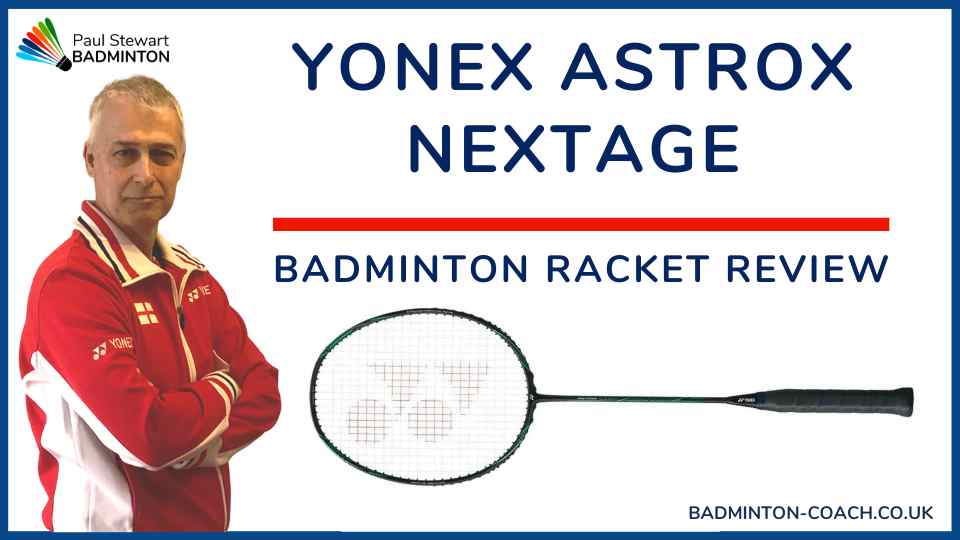

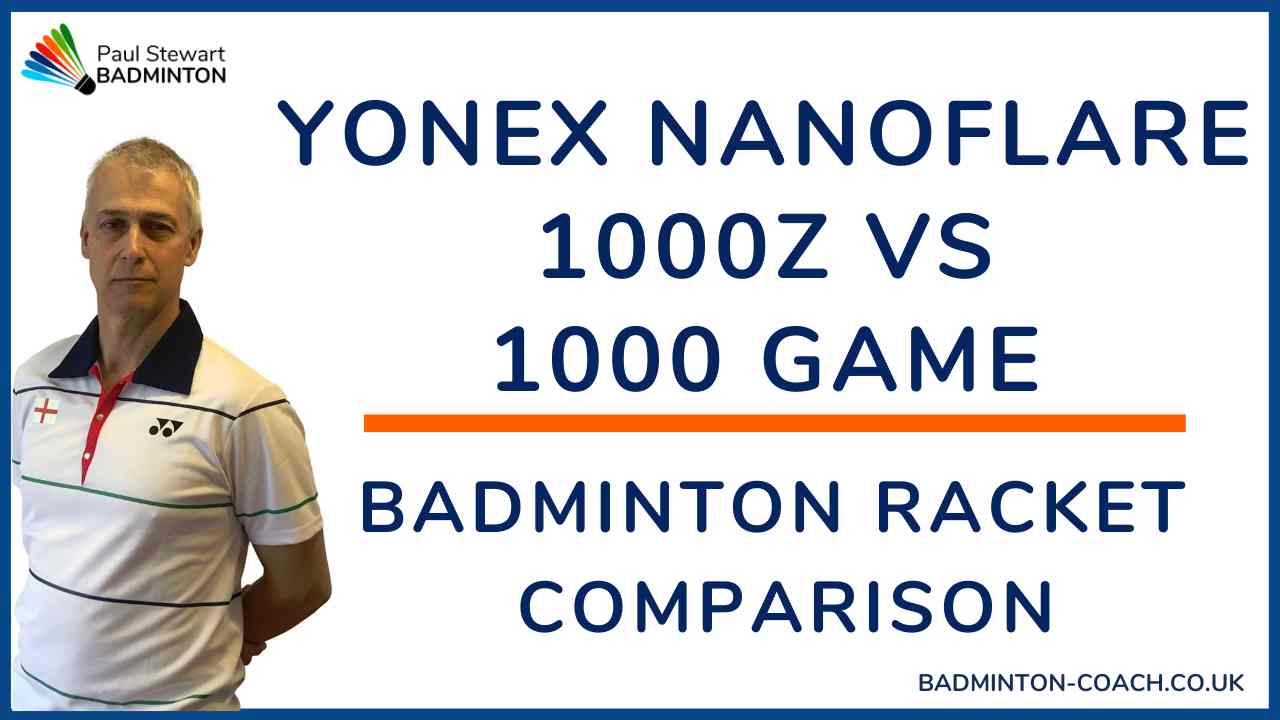


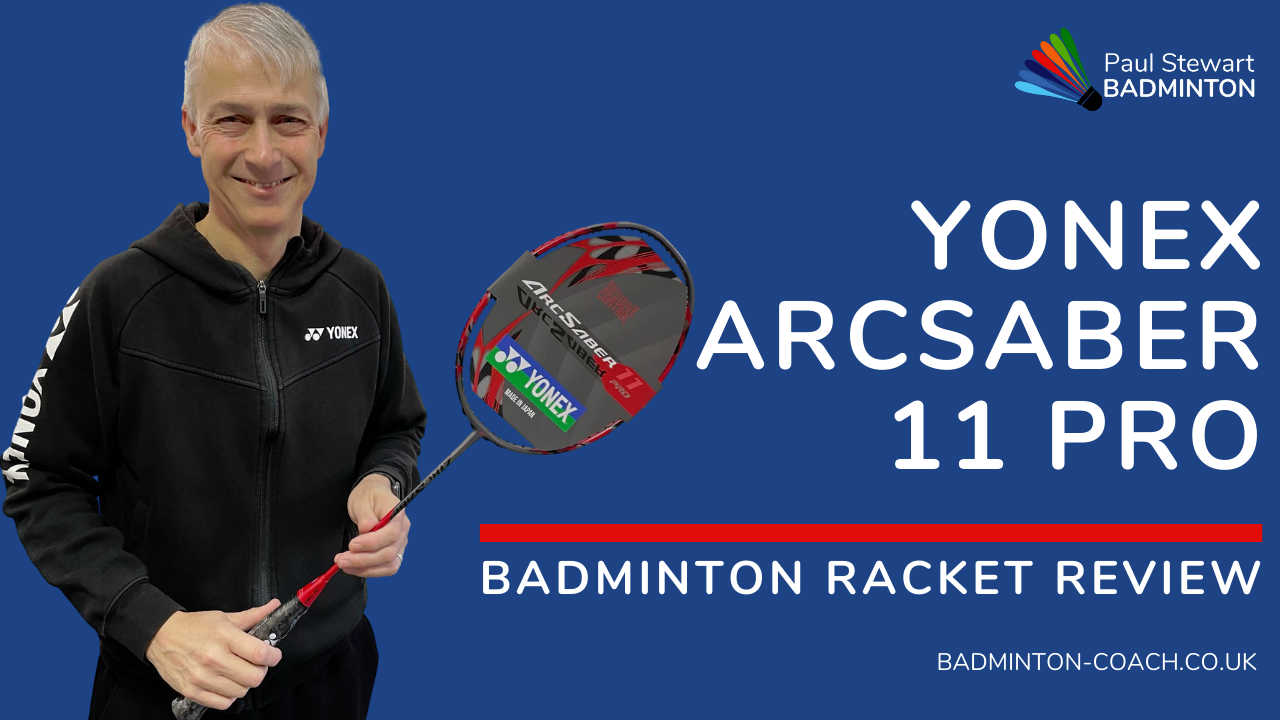
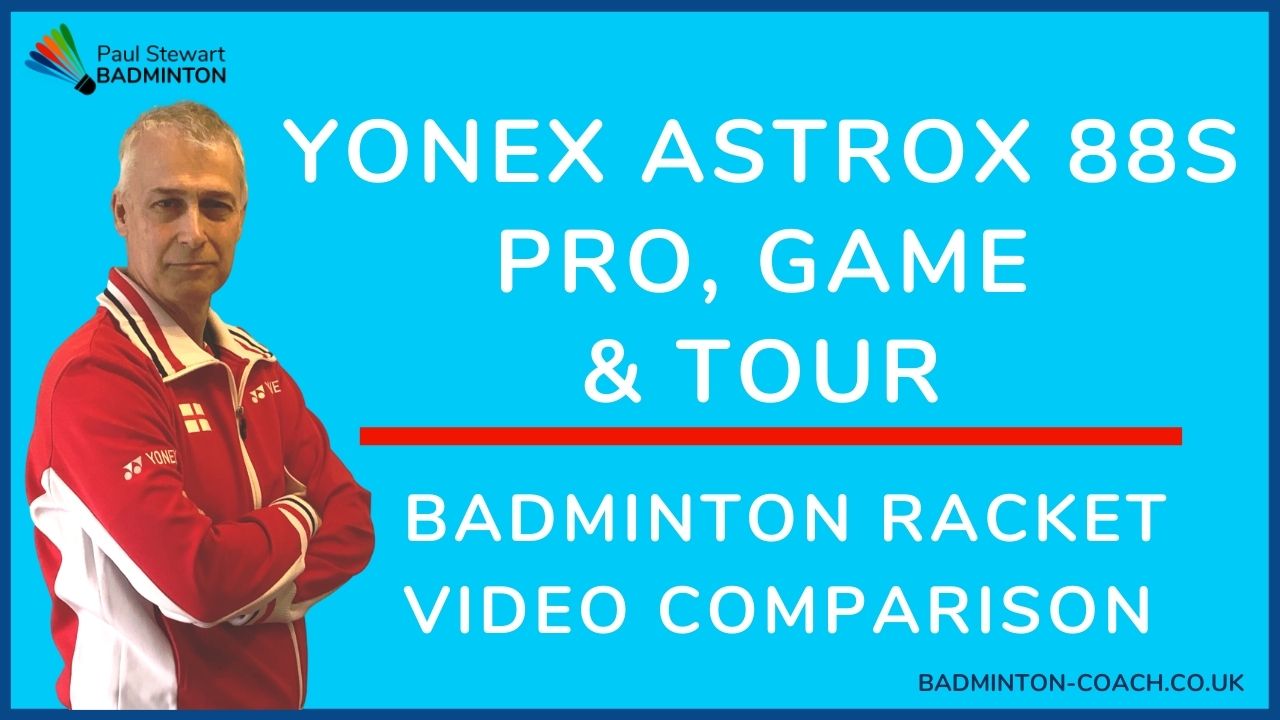
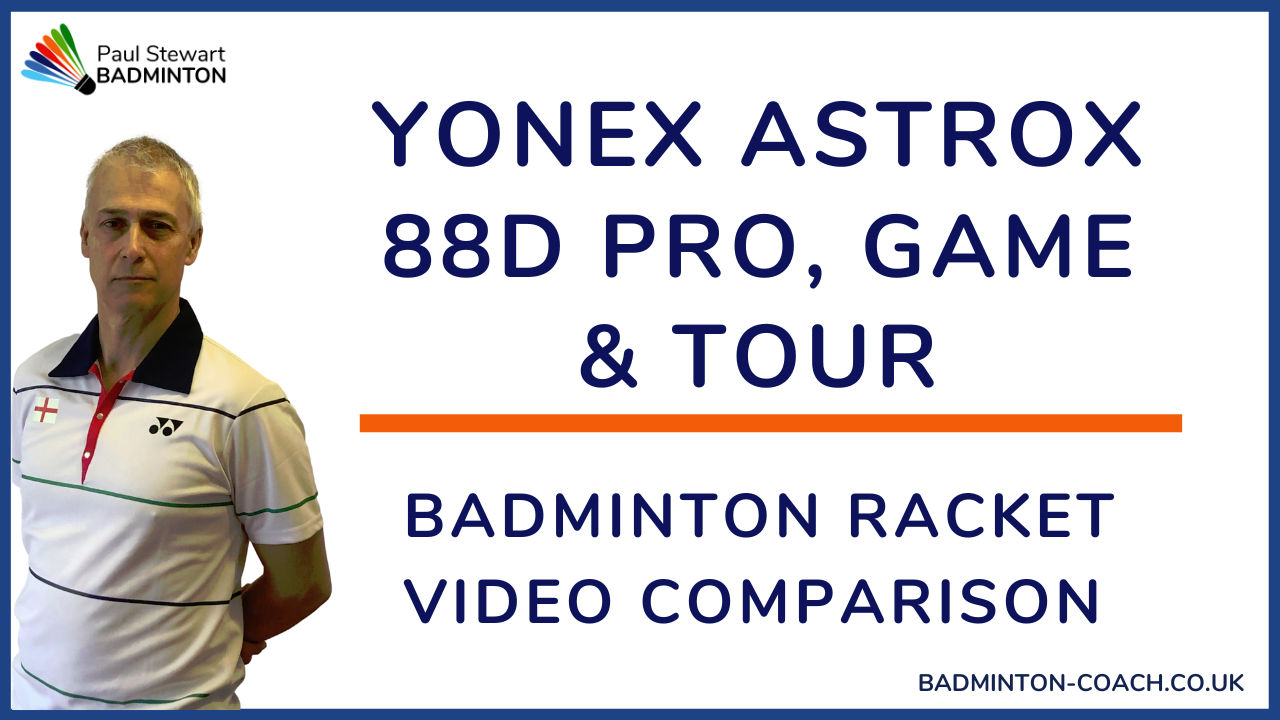
I cant wait to see this new coaching tool in action on your next residential coaching weekend! I am very proactive when I am not hitting the shuttle! And it annoys me when others don’t do the same!
Matthew
You never know, you may be one of the first to test it.
Paul
PS And that’s not the only new tool I’ll be using at Lilleshall. I have a brilliant new serving and net shot tool too!